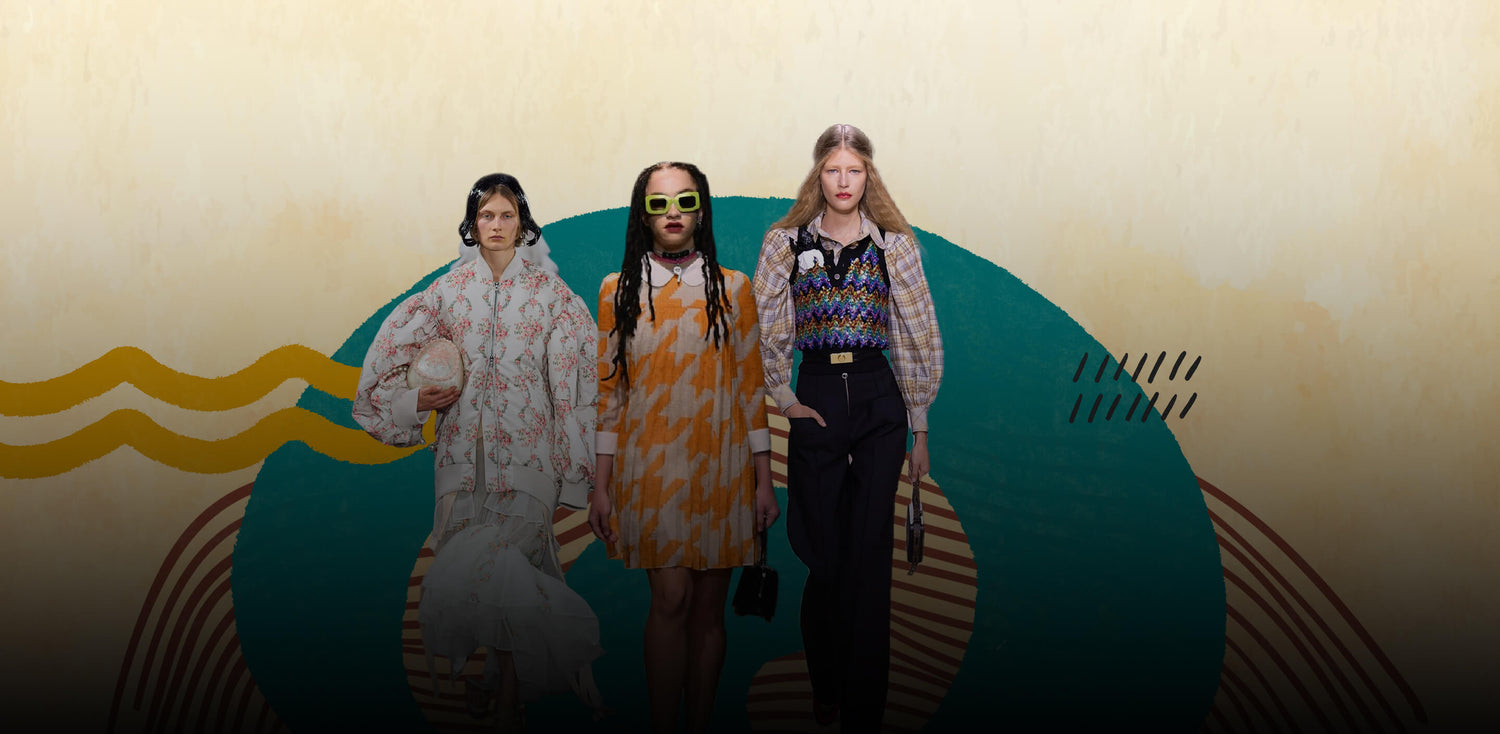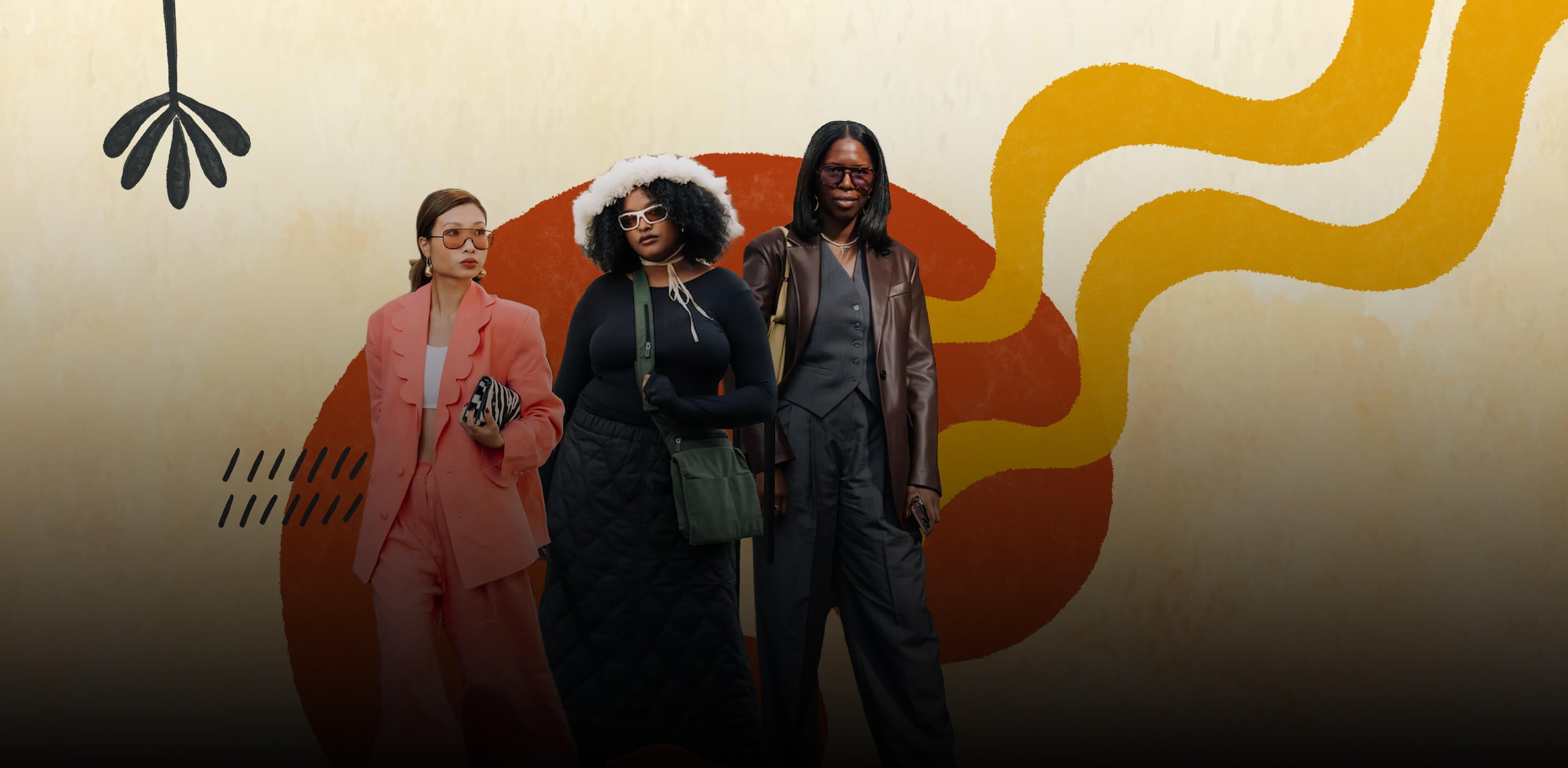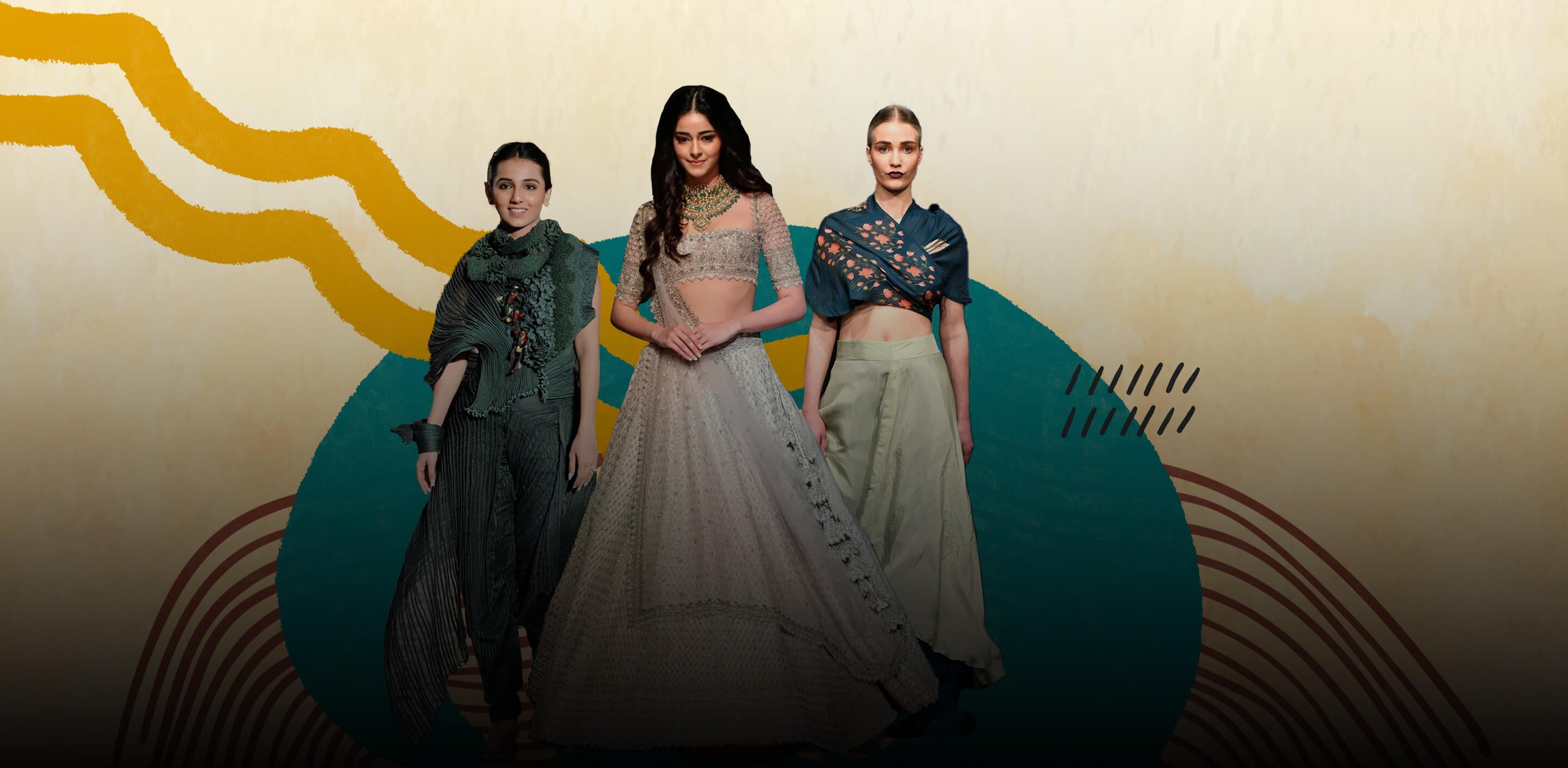"Fashion is part of the daily air and it changes all the time, with all events. You can even see the approaching of a revolution in clothes. You can see and feel everything in clothes."
—Diana Vreeland
Changes in front-row politics and backstage visuals during Fashion Week over the last decade have been nothing short of astonishing. Blackberry phones were still popular a decade ago, and only the most influential people in the fashion industry were invited to see the latest designs before they were publicly shown during global fashion week. The use of smartphones and the live streaming of runway events are rapidly becoming the norm in the fashion industry.

During Fashion Weeks, people from all around the fashion industry congregate in New York City, London, Milan, Paris, and Miami to check out the latest trends.
There is a never-ending stream of parties and runway displays when the top designers show off their new season's collections to journalists, fashion buyers, celebrities, and fashionistas. It's a great chance for designers to see what's in style and who will best represent their creations on the runway.
The Origin Of Fashion Week
Charles Frederick Worth, a designer, created one of the first instances of a fashion week or seasonal collection. In Paris, he began showcasing his ideas to clients and pioneered the use of live models to showcase his creations. To give customers a feel for the final product, fashion dolls and miniature reproductions of the designs were previously sewn or created out of paper.
Later designers started creating outfits from silk, satin, denim, cashmere fabric, and other such fabrics depending on the trend and demand.

These events, which included live models, were called both "fêtes" and "salon shows" in the late 1800s and early 1900s. The gatherings, which took place in Paris and other European cities, were exclusive. Almost immediately after, though, "fashion parades" were created, which were more formal than the previous "fashion shows" but still invitation-only. There would be a procession of models who would be presented to the VIP clients as they walked by with a number that corresponded to the outfits they were wearing.
Paul Poiret and Lucile (Lady Duff-Gordon) transformed these meetings into the fashion shows we know today by inviting just the right individuals and covering them in a flurry of publicity. Both designers did their own thing to make these shows more lively, creative, and high-end.
The Official Launch Of Fashion Week
Fast on the heels of that, in 1903, the Ehrich Brothers held the first American fashion display in a department store. Even as the press was invited to more and more runway shows, designers, stores, and businesses kept holding their own events. Prior to World War II, most buyers and journalists would go to Paris to check out their favorite designers' upcoming collections for the next season. Concerts that had been scheduled for 1943 were postponed because of the Nazi occupation.
A fashion publicist named Eleanor Lambert used the war as an opportunity to boost the careers of American designers. To keep things moving smoothly and build buzz, she invited reporters to a "New York Press Week," which eventually evolved into the modern Fashion Week. Two years after this pivotal week, the Chambre Syndicale de la Haute Couture began requiring designers to show seasonal collections.

The National Chamber of Italian Fashion reports that in 1958, Milan was the second Italian city to have a Fashion Week. In 1973, Paris Fashion Week was launched by the French Fashion Federation, while in 1984, London Fashion Week was launched by the British Fashion Council. Beginning in the early 1990s, a number of separate sponsored Fashion Weeks occurred, eventually giving rise to the "Big Four" cities' (and others') annual Fashion Weeks we know today.
Over the next decade, the meaning of customer interaction and brand experience will transform substantially as fashion weeks become shorter and designers move to a seasonless model. Inevitably, the efforts of brand owners, designers, fashion technology companies, and textile developers will define how sustainable and relevant the fashion runway appears by the end of the next decade.
FAQ
Who created London Fashion Week?
The London Fashion is organized by the British Fashion Council (BFC) for the London Development Agency with help from the Department for Business, Innovation, and Skills
Why do people go to fashion shows?
Public interest and awareness of fashion trends are boosted through fashion shows. These exhibits are useful for attracting the attention of the general population. Promotion, sales management, and trend analysis are all part of fashion marketing's remit. It is important to show students a wide range of current styles and shapes.
What is the purpose of a fashion week?
During the autumn and spring seasons' respective "fashion weeks," designers show their newest collections to the fashion industry's most influential members, including journalists, buyers, and retailers.
Who started fashion week?
Charles Frederick Worth, a designer, created one of the first instances of a fashion week or seasonal collection. In Paris, he began showcasing his ideas to clients and pioneered the use of live models to showcase his creations.
We also happen to be a magnet for suggestions, and would love to catch yours….throw us yours on hello@fabriclore.com





